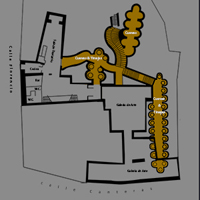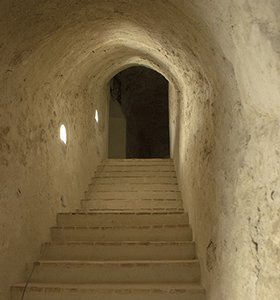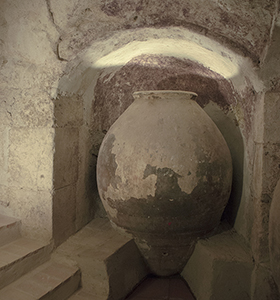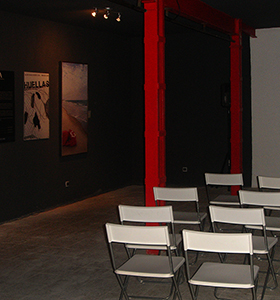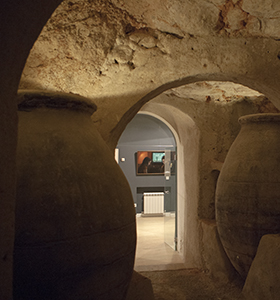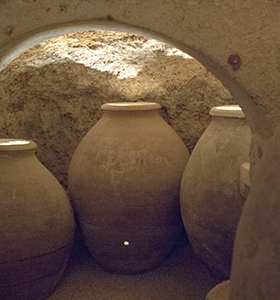| |
|
Subsoil environmental conditions [temperature, darkness, silence or humidity] much more stable than on the surface, favoring the temp control during fermentation, maceration or food preservation.
More modest caves, popularly called fresqueras, were also built as part of the needs of a family home. It was the most sustainable way to keep agricultural products at reasonably cool temperatures in a peninsular region with extremely dry summers where temperatures can exceed 40 ° C. The subsoil moisture is not due to rainwater, but groundwater circulating through these limestone lands, sometimes outcrops through small springs or large aquifers. In these villages, the water extraction well was usual.
Ventilation ducts caves also served to cool the most exposed to heat rooms, acting as a modern air conditioning. By contrast, the same thermal sensation of coolness in summer, becomes warmth in winter, when temperatures drop below zero on the surface. The stabilized temperature of the caves, just over 10 º C, is experienced as heat or cool depending on the season
|




